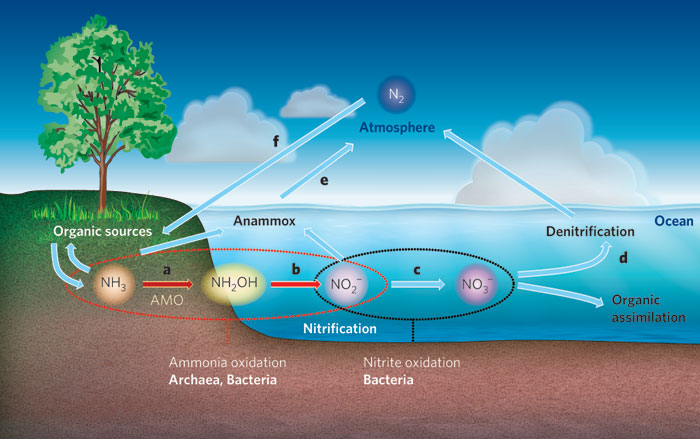Denitrification Support with EBS CalNit™
Nutrient removal can be a complex challenge for biological wastewater treatment plants, often requiring constant adjustment to get it just right.
Some wastewater...

Nutrient removal can be a complex challenge for biological wastewater treatment plants, often requiring constant adjustment to get it just right.
Some wastewater...

High winds and rain from hurricanes have the potential to damage wastewater treatment facilities leading to long, unplanned outages. As we are in the midst of another hurricane season, it is essential for wastewater management teams to take appropriate measures to prepare. Many facilities have developed their own emergency plan to prepare for this situation. EBS hopes that these recommendations can benefit plants faced with this threat.
It is generally accepted that aerobic biological treatment systems are robust and stable to the extent that eight key growth pressures are controlled:
EBS believes that monitoring the microbiology (biomass) of your activated sludge system or aerated stabilization basin (ASB) is just as critical as any other test...

The biochemical oxygen demand (BOD) test is a measurement of the quantity of oxygen required by bacteria to biologically oxidize organic material under aerobic conditions. The BOD test result is expressed in mg/L but can be calculated as lbs/day to express loading to a wastewater treatment plant (WWTP) or to a receiving water body. The organic matter serves as food for the bacteria and the cell receives energy from the oxidation of this organic matter. By measuring the amount of oxygen consumed by the bacteria during the BOD test, the amount of BOD, often referred to as the food for the bacteria, can be calculated for a given sample.
BOD testing can be separated into three measurable categories: total BOD (tBOD), soluble BOD (sBOD), and carbonaceous BOD (cBOD). The tBOD measures all biodegradable material in the sample. The sBOD measures the dissolved biodegradable material in the sample. The cBOD measures the amount of oxygen required by bacteria to biologically oxide the carbonaceous fraction of organics and removes oxygen consumption attributable to nitrification.

There are two types of outages, scheduled and unplanned. Scheduled outages are annual affairs at roughly the same time each year...

How hot is too hot? You’re not the only living thing that thinks the heat is overbearing. If you’re responsible for a biological wastewater treatment system, you...

A common problem in aerated stabilization basins (ASBs) is oxygen deficiency. This can arise for a variety of reasons, such as a power outage, aerators being...

When temperatures drop, wastewater systems that typically run smoothly in warm weather can quickly unravel into compliance issues. Cold weather significantly...